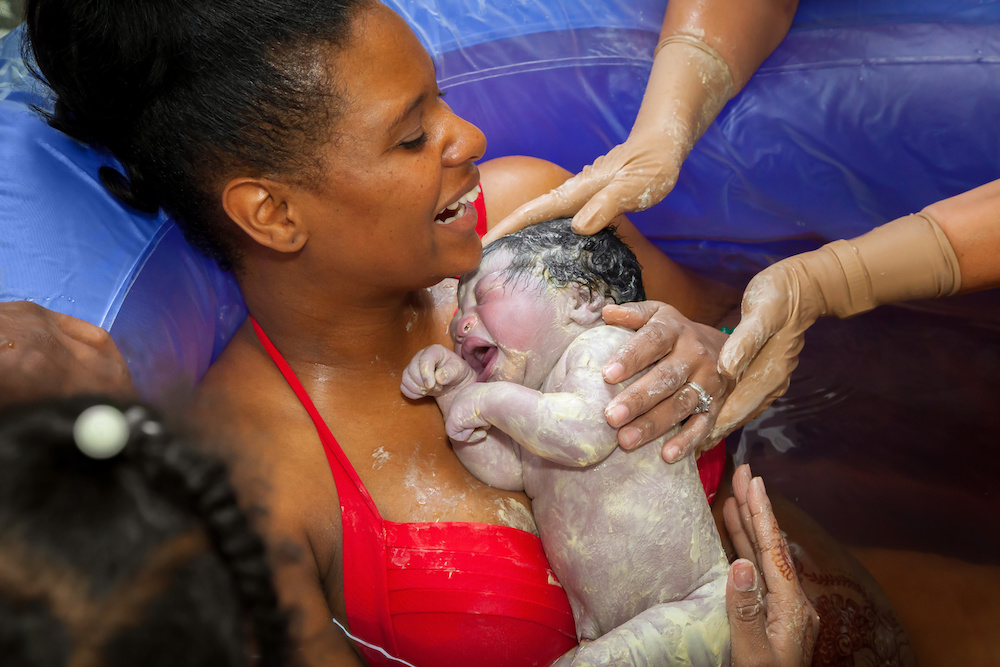Giving birth is a remarkable experience, and while many deliveries occur in a hospital setting, more women are turning to alternatives like home birthing for greater intimacy during the labor process.
From Pamela Anderson to Gisele Bundchen, many celebrity pregnancies have resulted in home births. Former television personality and actress Ricki Lake sang her praises of the experience, telling Parent and Child magazine, “That high is something I will never forget. The feeling that ‘if I can do this, I can do anything’ has stayed with me through the years.”
To learn more about the benefits of home birth and how to prepare your home for the process, consider these helpful tips!
The popularity of home births
According to the latest statistics
from the Centers for Disease Control and Prevention (CDC), the number of home births increased by 29 percent from 2004 to 2009. This represents a dramatic shift in popularity and could be indicative of an overall trend toward lower-intervention labor and delivery.
“A lot of women really like the idea of home birth because they want a lower-intervention birth,” said lead report author Marian MacDorman, a statistician at the CDC’s National Center for Health Statistics. “A lot of women are worried about higher C-section rates and other types of intervention that happen once you go to the hospital.”
The CDC also noted that most home births were attended by midwives, while only 5 percent were attended by physicians.
One in five home births involved women over the age of 35, and overall, home births were found to have a lower risk profile than hospital births, which the source suggests may be due to midwives and other attendants carefully vetting women for the process.
What makes someone a good candidate?
Home births are a great way for moms to immediately bond with their babies – for those who are expecting their first child
, home births can make the experience of pregnancy even more positive. However, not all women are ideal candidates for a delivery at home.
Women with chronic high blood pressure, those who are diabetic and who may have experienced preterm labor in the past may benefit from being in a hospital setting, where medical staff can be on hand to respond to emergencies if they occur.
Women who want to avoid having an episiotomy, cesarean section or epidural may find home birth is the perfect solution for their birthing plans. Those who are healthy, have had no problems during pregnancy and want to be able to move around, engage with family and enjoy familiar surroundings during labor can benefit from home births.
Preparing for a home birth
For centuries, women gave birth in the comfort of their own homes. The process helped mothers develop connections more easily with newborns and facilitated the bonding process – something that modern mothers still enjoy to this day.
Women who are interested in planning a home birth should consult with a midwife or trusted healthcare provider. The following items should be on hand during the birth:
· Plastic sheets
· Sanitary pads
· Warm towels
· Receiving blankets
· A home birthing kit
· A bowl for the placenta
· Birth plan and hospital bag
· Clothes for after the birth
In addition to these items, a midwife will bring sterile gloves and gauze as well as IVs, equipment, and medication that may be necessary during the delivery. Midwives can also bring necessary items for suturing tears.
